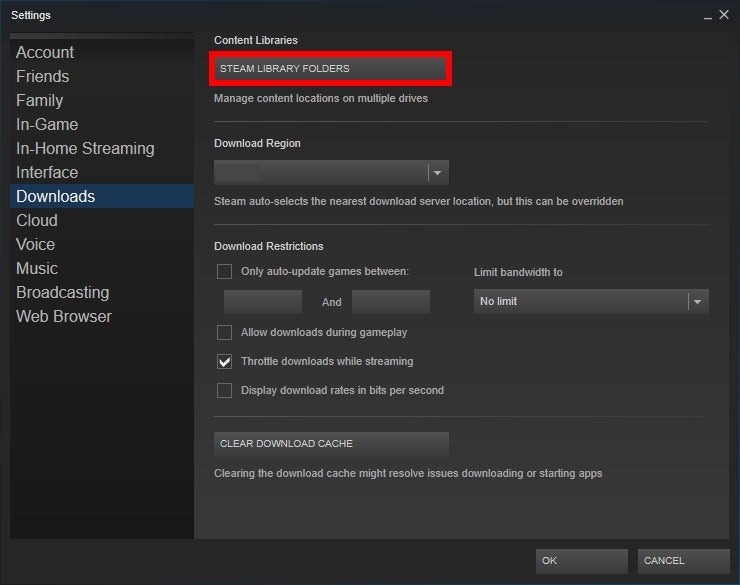

The big hiccup when you do that, however, is that Steam doesn’t automatically apply their lovely icons and artwork to your game you’re on your own to tinker around and customize the look. a game you manually installed that isn’t part of the Steam ecosystem). This is why sites like SteamGridDB have been created, in order to fill the gap.The Steam client is a really handy way to organize your games and it works for both games you’ve purchased from Steam and games you’ve added from your own collection (e.g.

Not all games have official box art in this format.

ResponseData = e.read().decode("utf8", 'replace') Open(desktopfolder + i + 'p.jpg', 'wb+').write(URLOpen) GameIDs = ĭesktopfolder = os.path.expanduser('~/Desktop/steam_cover_art/') The user ID will be the number at the end of the URL. It can be found by using your browser, and finding your Steam account. Make sure to change in the url in the script to YOUR user ID. I took the freedom to create a Python3 script, to automatically fetch all the officially available full-size box art for the games in your library, and save them to a folder on your desktop. In order to get all the IDs for your game, go to your steam profile page where all your owned games are listed ( ), and you can click on each game and see the app ID in the URL. The base URL for the box art in the format 600x900 is, where represents the id of the game you want. The format that is cached however, is 300x450, and is available in C:\Program Files (x86)\Steam\appcache\librarycache\ on Windows (or /Users//Library/Application Support/Steam/appcache/librarycache/ on MacOS, or ~/.local/share/Steam/appcache/librarycache/ on Linux).

As of today, the box art in this format (600x900) aren't cached, apparently.


 0 kommentar(er)
0 kommentar(er)
